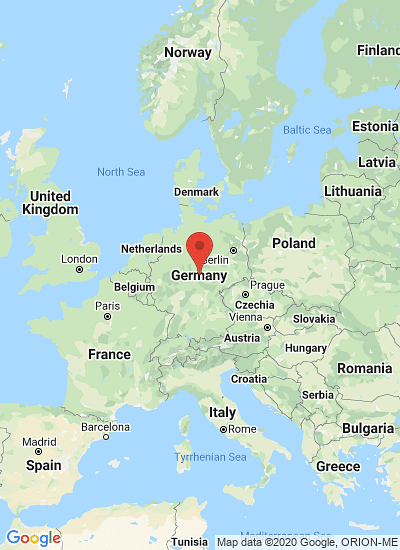Over one fifth of this goes on food, drink and tobacco, around a tenth on furniture and around one twelfth on clothes and shoes. So in terms of food we are looking at a roughly €300bn ($440bn) market.
This vast market is dominated by only a handful of major retail players. The Top 5 , i.e., Edeka Gruppe, Metro Group, Rewe Group, Schwarz-Gruppe and Aldi-Gruppe, control around 70 per cent of the market.
Today’s German retail market is characterised by the phenomenal rise of the hard discounters since the late 60s and in particular since the oil crisis in the early 70s. If we look at the five major food discount operators in Germany, i.e., Aldi, Lidl, Penny, Netto/Plus and Norma, we can see that four of them are now among Germany’s Top 10 retailers.
In fact, the hard discount sector has well over 40 per cent of the whole market and is continuing to grow. In certain product groups, such as pre-packed meat and sausages, F&V as well as snacks, pickles, sweets, stationery and sanitary goods, they have particularly high market shares.
As a result, most German retailers have been forced to go down the price rather than the value-added route. The high market share of the discounters means that even quality operators don’t dare charge too high a premium over discount prices because they are the lower bench-mark that the consumer and ultimately the whole industry relates to.










